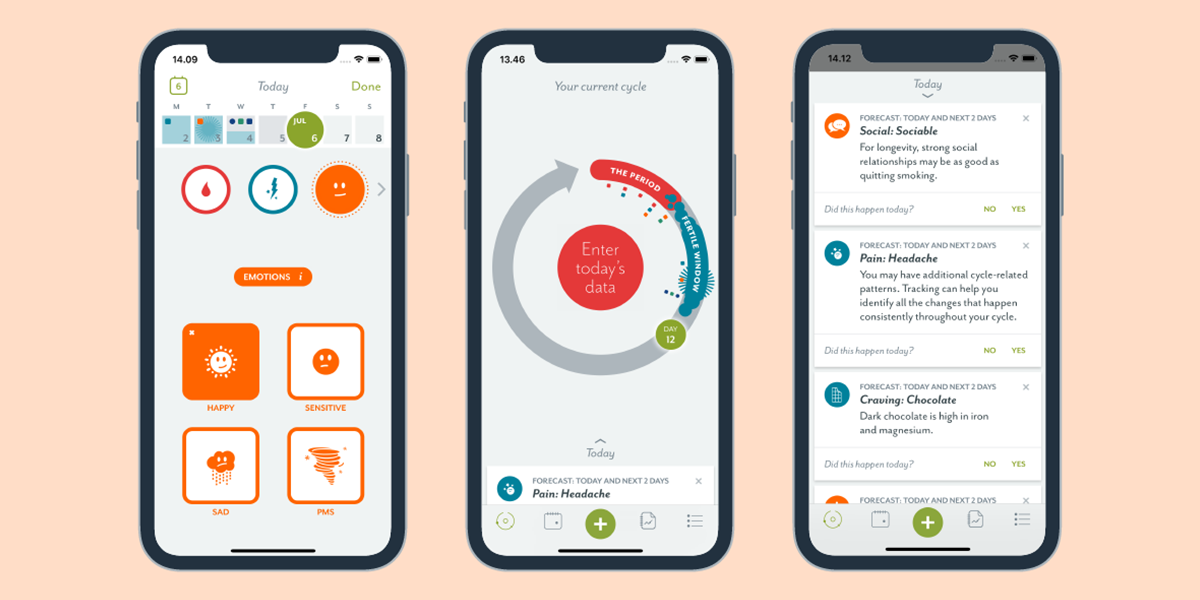It’s relatively easy to track your medication using apps (my colleague Vicky mentions a few in her latest blog), but I wanted to track my symptoms as well as medication. Having a reference for any peaks and troughs would be a useful reference for my consultant, and might let me see if there’s a pattern to my flare ups.
I discovered a lot of apps out there that allow you to track and monitor your arthritis symptoms, and others that allow you to keep track of medication, but not many that do both. Most also tend to be aimed at American users, which makes them less useful on this side of the pond as one of my daily medications, etoricoxib, is not currently approved for use by the FDA and therefore not included on the app.
The majority of arthritis apps available seem to be aimed at rheumatoid arthritis (RA) patients, which is another issue – I have psoriatic arthritis rather than the more common rheumatoid or osteoarthritis. While the general symptoms are similar (stiff, painful and swollen joints, along with fatigue), psoriatic arthritis also causes skin inflammation and irritation. I want to track the state of my joints, but tracking the severity of my psoriasis is also an important factor in assessing my condition.
There are apps out there that can be used to track psoriasis spread, but like RA apps, they’re not a perfect fit. They tend to be based on taking photos of affected areas to then compare size and shape change over time, and mine is solidly concentrated on my scalp. Even if I managed to take an adequate snap of the back of my head (I tried, I failed), resulting images won’t tell me how my psoriasis is looking because I have rather a lot of hair and I am not prepared to go full Britney for the sake of a weekly scalp photo.

Currently I use an RA app to track my joints, daily phone alarms to remind me to take my medication, and a period tracking app that I use anyway to record any fatigue symptoms and the state of my skin (it’s called Clue and it’s fantastic). Juggling apps as well as medication isn’t ideal, but it’ll do until something better comes along.



